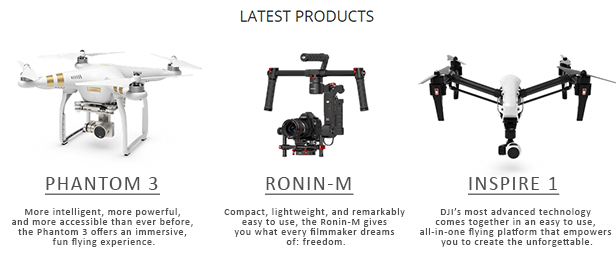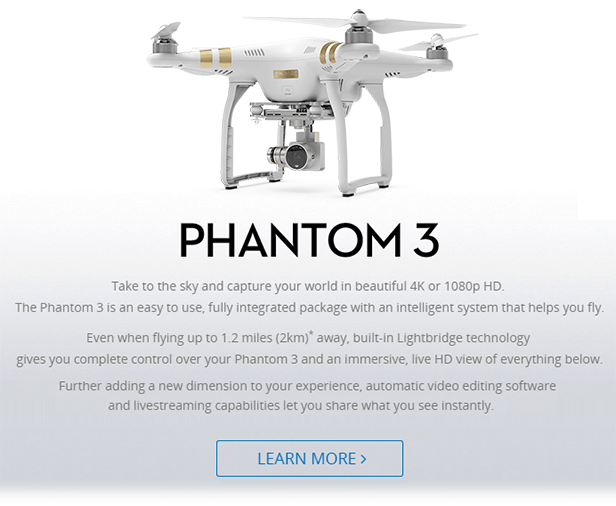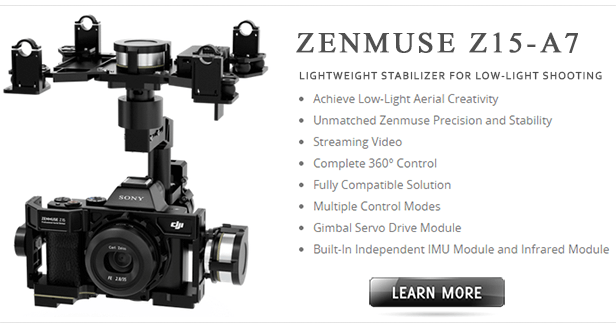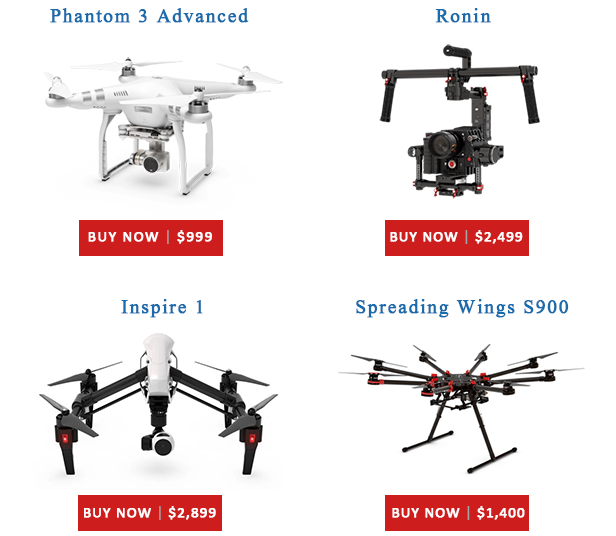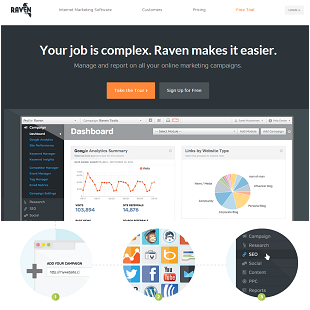The air above us has recently welcomed some new occupants, specifically the remote-controlled helicopters and drones that advancing technology has created. Taking advantage of the stabilization and flight techniques offered by the combination of advanced software and multiple rotors, DJI.com is offering consumers a broad range of small but highly capable flying machines, designed specifically to support advanced photography.
Hollywood won’t need those incredible, $2 million cranes (that they traditionally have used to achieve their more breathtaking sky-borne shots) much longer. With remote-controlled, camera-bearing flying systems, as the company calls them, not only moviemakers, but everyday photo buffs will be able to use the heavens themselves as a vantage point for their photographic creations.
DJI’s website asserts that its technology does more than simply enable creators to use the sky for their creations. They claim an “unparalleled commitment to R&D, a culture of constant innovation and curiosity, and a focus on transforming complex technology into easy-to-use devices.” They also assert that their products combine advanced technology with dynamic designs. Our survey of their offerings suggests that they can back up those claims rather comprehensively.
The company is headquartered in Shenzhen, which qualifies as China’s Silicon Valley, and it shows in their product offerings. The company clearly has benefited from its access to suppliers, raw materials, and creative talent available in that region. They started their business operations in 2006, and are now a company with 2000 employees worldwide. The firm now has offices in the U.S., Germany, Japan, Beijing, and Hong Kong. They are privately owned and operated, and pursue not only commercial applications, but also creative and non-profit uses for the remarkable suite of flying, photographing devices that they have put into the air.
Featured Products
Their most broadly-popular product is probably their Phantom, which is easy to fly, and ready to go out of the box, making flight accessible to everyone. With four rotors and stabilizing software, and a camera mount that protects any camera (cameras are not included, though – sorry) during take-off and landing, you’ll be good to go once you have put your camera into its harness, and added four AA batteries.
The device has two flight control modes, including one that holds its position, intelligent orientation control, a failsafe go-home/landing function, low voltage protection, a maximum flight speed of ten meters per second (which sound really fast to us), and high intensity LED lights to aid in orientation during flight. You’ll get 10-15 minutes of flight time off per battery installation. The remarkable pictures you’ll be able to take will last far longer than that.
Since we can’t cover their full product line, we thought we’d skip to their Phantom III, and see what has now become possible for aficionados of photography. This device lets you connect straight to you smartphone or tablet, and capture in real time the video that the device is recording up in the skies. You can even control the device entirely from your mobile device, rather than relying on a separate remote controller.
The Phantom III has an automatic video editor that helps you put together all of your best footage in just moments, and you can live-stream your flights to YouTube. The software for this deice also supports live mapping that will track the device at all times, and it has a user-friendly interface for adjusting camera and flight settings.
The device can also fly indoors, low to the ground, and can even maintain its ability to fly in GPS-free areas using something called vision positioning technology. This involves visual and ultrasonic sensors that scan the ground beneath the device for patterns, which are interpreted by the firm’s software to identify the device’s position and move accurately.
Like most of the firm’s other high-end products, the Phantom III can also perform auto take-off, which means it can be preset to turn on its motors and rise to a predetermined height. It will then just hover obediently until directed to its next destination or flight plan. Its auto return-home function is a particularly cool capability. This allows the device to remember the exact place it took off from, so that with a push of a button, you can arrange to have it flight straight back home. When you think about it, this effectively cuts in half the amount of guidance you have to provide.
And because it is difficult to perfectly calculate remaining battery power, the Phantom III contains a failsafe function, which allows it, when the battery is running low (or even if it loses its connection with your remote controller), to immediately return to its takeoff point and land safely.
The firm’s ZenMuse series are for professional photographers, and permit customization of the camera platform, allowing the device to carry the camera and accessories of your choice.
You can even build your own “Flamewheel” flight platform, with a component-based flight system that leaves room for your creativity to be part of the construction process. This includes a full, component-based propulsion system involving motors, propellers, and ESCs for use on your own platform.
The firm’s Spreading Wings series is comprised of hex-rotor aircraft, and is designed primarily for search and rescue teams and surveillance.
Among the accessories offered by the firm are a series of “gimbals,” which are moveable camera adjustment devices that permit a range of camera-moving angles and abilities. The company has thought of just about everything that goes into photography and video-supporting aerial flight.
Prices
The Phantom I sells for US $350, and the more professional models run in the $1000 to $2,000 range. Their highest end models sell for over $3,000. But if you are a professional photographer who wants to offer services that your non-airborne competition cannot match, you may want to make the investment. And while that entry-level price for more amateur enthusiasts is a bit steep, that is probably to be expected for earlier adopters of a new technology. While remote-control helicopters can be had for much less, this is an all-in, turnkey solution for actual airborne photography, with mobile support, and that naturally is going to cost a bit more.
Customer Service
The firm seems very out-reaching toward customers, beginning with a comprehensive, and even encyclopedic, set of frequently asked questions and detailed answers covering every technical glitch and problem that can arise with controlled aerial flight. Once you decide to buy, they reach out with offices in British Columbia, New York, Florida and Nevada, phone support during office hours, an extensive warranty and return/refund policy, and after-sales support, including a dedicated hotline. If they confirm a faulty product, they will accept a return and attempt to repair, or will replace.

Criticism
The comments we’ve found on line tend to offer the opposite of criticism, and we note that many of the customers are professionals who know photography, and have already served their apprenticeship with simpler, remote controlled aircraft. In other words, a discerning audience that is not so easily pleased. With this group broadly giving its aviator-like thumbs-up of approval, we feel comfortable offering ours as well.
Final Thoughts
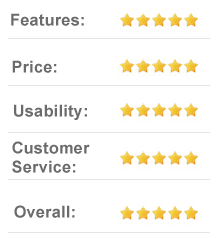
We didn’t realize that the emerging technology of remote-controlled multiple-rotor flight had advance so far so quickly, but DJI.com proves that it has. Wedding photography will likely never be the same, and neither will photography for more everyday occasions such as graduations, and (most certainly) school and league sporting events. It’s exciting to imagine the new perspective on our world that airborne photography is about to offer, and we applaud DJI.com for the part they are playing in it.

